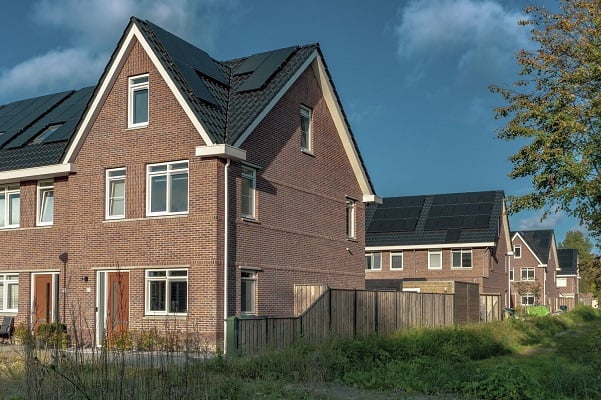Mortgage rates are predicted to fall next year as lenders take advantage of cheaper funding, after figures show that average swap rates have fallen for five months in a row.
That’s according to specialist property lending experts, Octane Capital, who analysed average monthly swap rates over the last year to predict what could be in store for the market following this week’s base rate decision from the Bank of England.
What are swap rates?
Mortgage market swap rates reflect the price lenders have to pay financial institutions when securing fixed rate funds, which they use to offset short-term risks associated with fixed rate mortgages. They are generally based on government bonds called Gilt yields, which reflect what the market anticipates will happen to interest rates down the line.
In sum, the cost of swap rates filter through to mortgage rates, whether they rise or fall – and currently they’re falling.
Falling swap rates
This week the Bank of England is expected to hold the base rate at 5.25% for the third time in a row. The last time it was changed was in August, when the base rate was raised by 0.25%, but since then, growing market stability has seen swap rates start to reduce.
The average one year swap rate has fallen to 5.20% in December, down by 2% from November and the fifth monthly decline seen since hitting an annual high of 6.09% in July.
Five year swap rates are even lower, reaching an average of 4.32% in December, down from 4.48% in November, having also fallen consistently from an annual high of 5.25% in July.
While both still remain higher than at the start of the year, it provides further evidence that mortgage rates could be set to drop.
Why swap rates are down
The Bank of England base rate has been on hold since August 2023 and is expected to remain as such this week, signalling that the period of rapid rate increases has ended.
The Bank previously raised the base rate from 0.1% in December 2021 to 5.25% in August 2023, as it looked to curb inflation, which peaked at 11.1% in October 2022.
CPI inflation has since fallen to 4.7% as of October, down from 6.3% in September, signalling that we are finally treading closer to the Bank’s target inflation rate of 2%.
Swap rate activity signals that the markets feel it’s more likely that the Bank of England will cut the base rate than opt for another increase, which should filter through to lower mortgage rates in the new year – even before the Bank actually opts for a base rate rate cut.
CEO of Octane Capital, Jonathan Samuels, said, “Falling inflation means the Bank of England’s strategy over the past two years seems to be working, albeit the reduction in headline inflation has been largely driven by food and energy price drops.
Core inflation has proved more stubborn and so we can expect to see rates held for a third time this week, but this will still be welcome news for mortgage holders who have seen the cost of their repayments climb considerably in recent times.
Such a consistent reduction in swap rates in recent months should also bring hope to borrowers as this suggests that more affordable mortgage rates are on the horizon as lenders pass on the benefit to mortgage holders.”






Leave a Comment